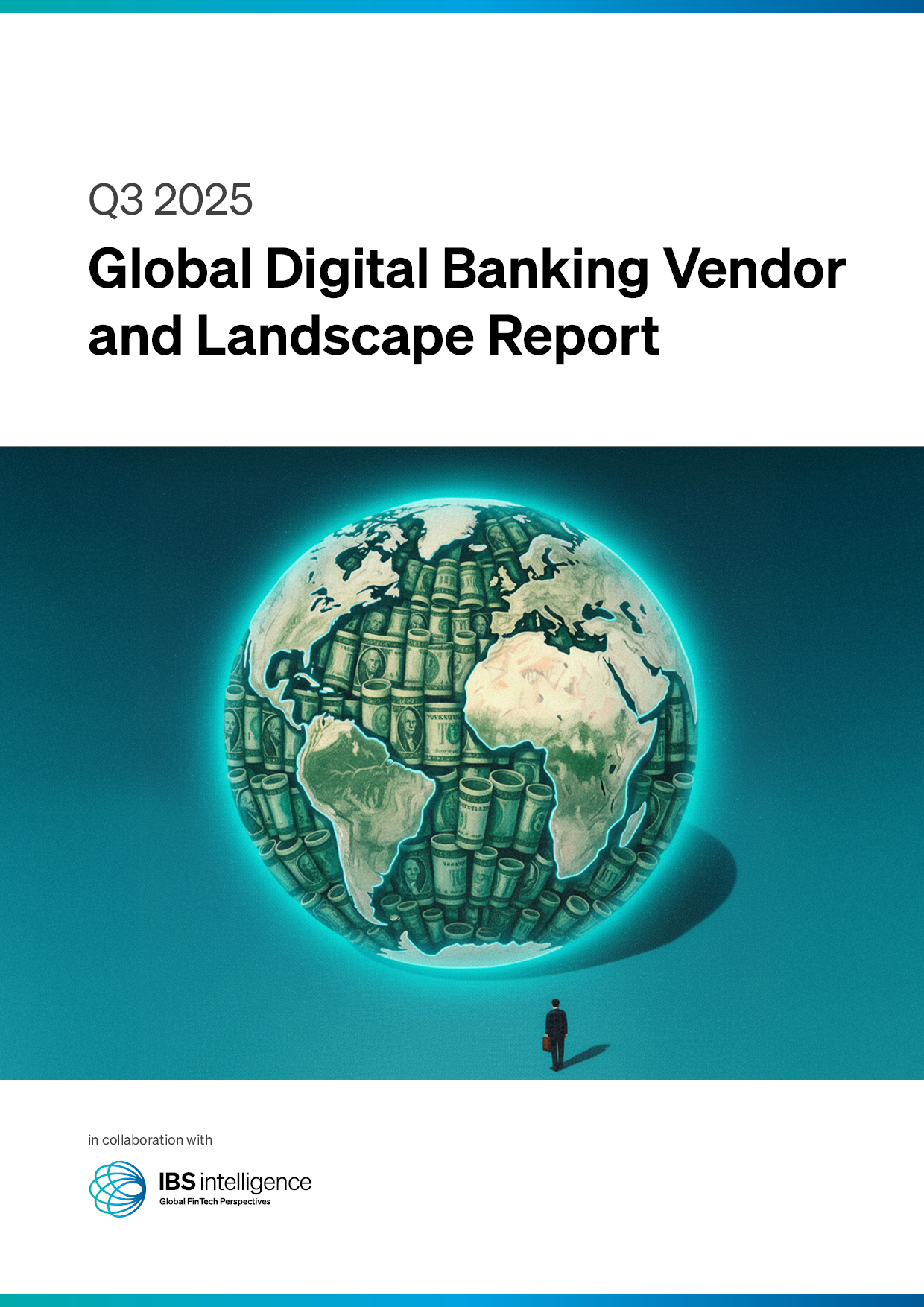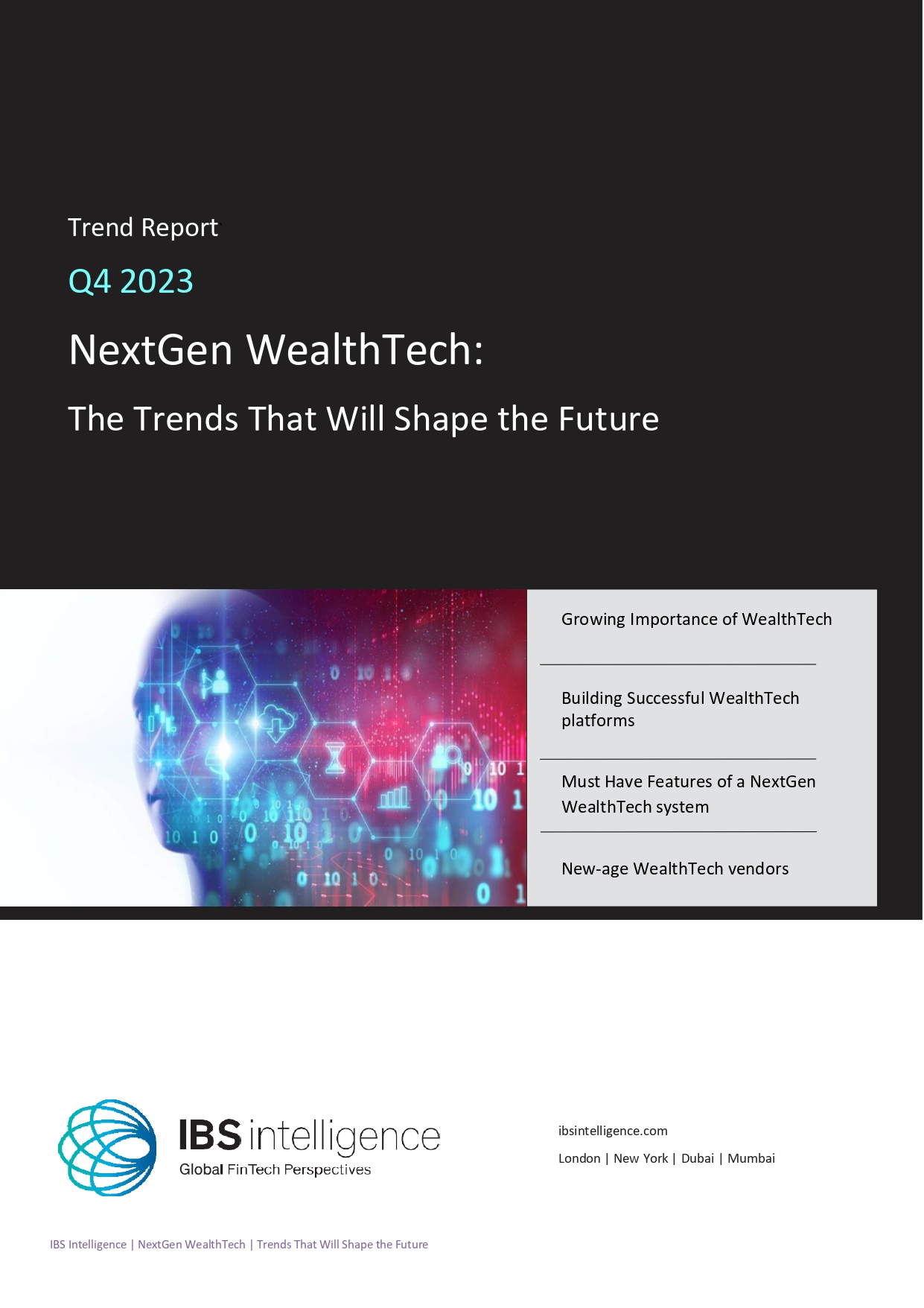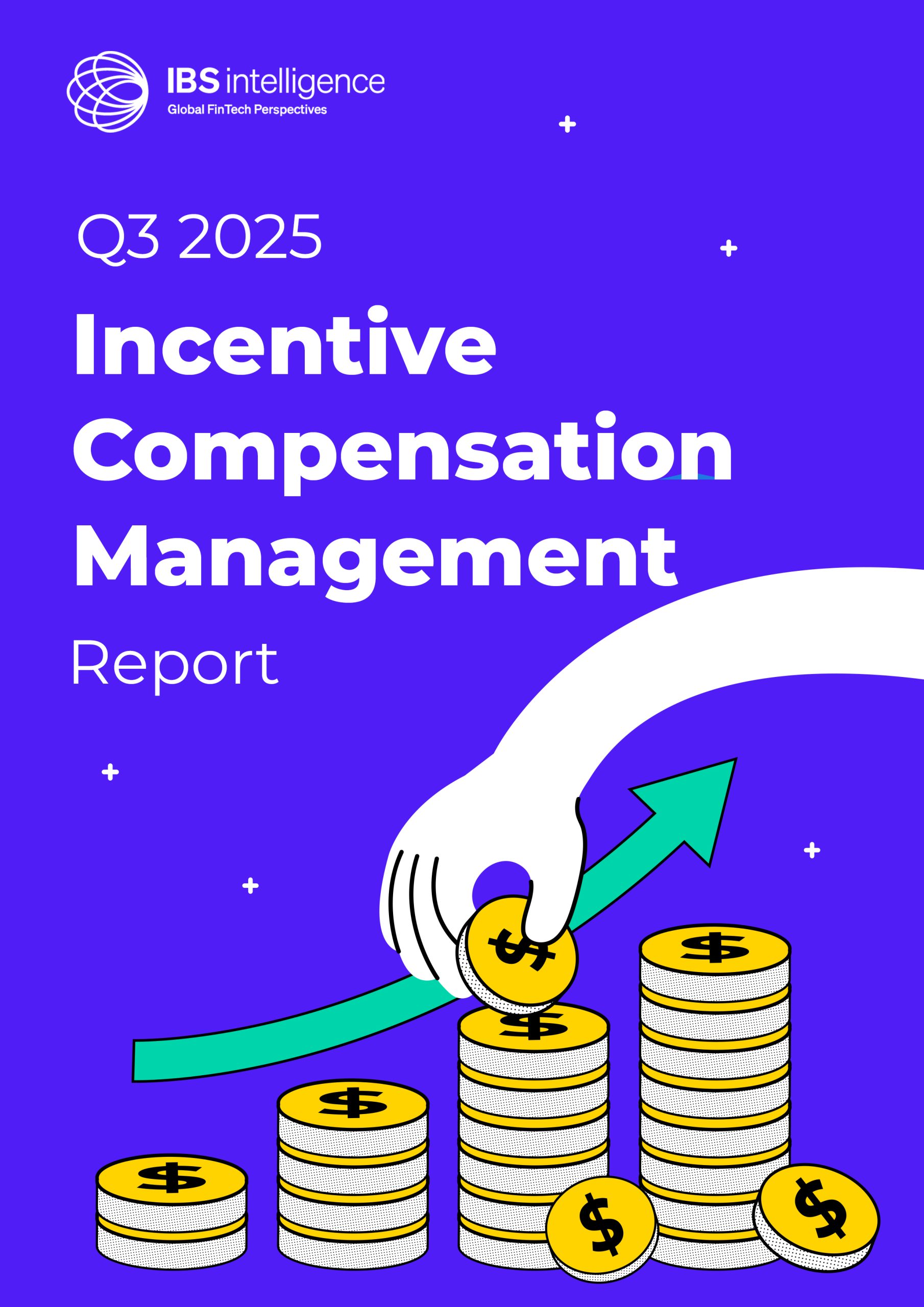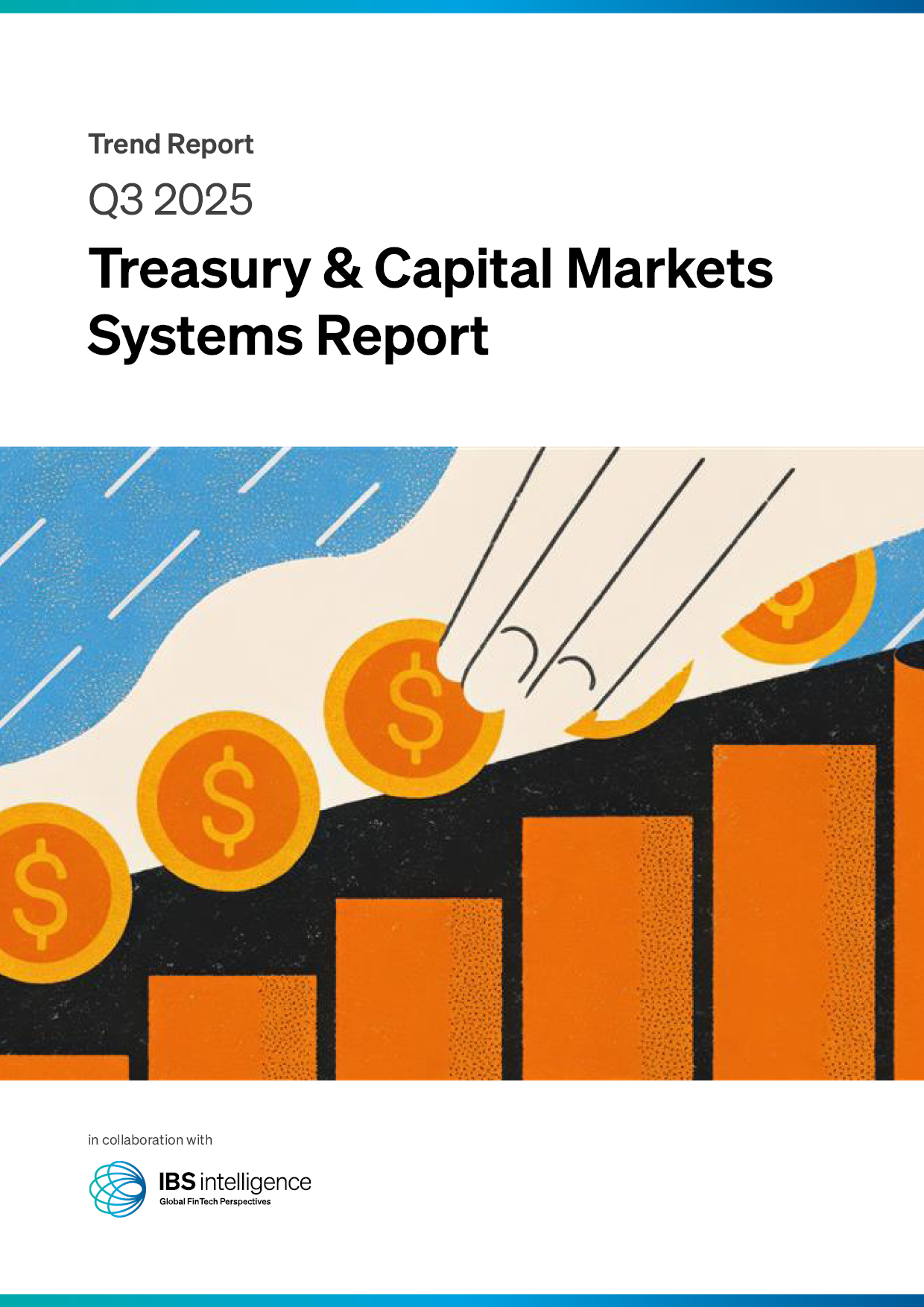 Back
Back
Payroll tech in focus as HMRC pay bill climbs
By Vriti Gothi

HMRC has seen its total wage bill surge by $37.1 million over the past year, driven largely by an increase in senior and executive-level roles, according to analysis from the Global Payroll Alliance (GPA).
Between August 2024 and August 2025, HMRC expanded its core workforce by 3.6%, with full-time equivalent (FTE) positions rising from 64,580 to 66,880. While much of this growth came from Executive Officer roles, up 4.8% a notable rise in higher-paid positions significantly contributed to the increase in payroll spending.
The number of employees in Grade 6 and 7 roles, the second-most senior band within the Civil Service, climbed 4.6%, while those in Senior Civil Service (SCS) positions grew 3.8%. These senior-level expansions pushed HMRC’s annual pay bill from $367.5 million in 2024 to $405.2 million in 2025, an annual increase of 10.3%.
Commenting on the findings, Melanie Pizzey, CEO and Founder of the Global Payroll Alliance, said the scale of the rise raises key questions about workforce strategy and operational efficiency.“An increase in HMRC’s wage bill of $37.6 million in just one year is significant, particularly when much of that rise is attributed to growth in senior roles,” she said. “While investment in people can be essential, especially for an organisation tasked with ensuring effective tax collection, it’s important to ask whether this growth reflects strategic need or an over-reliance on expanding headcount.”
Pizzey further noted that government departments are under increasing pressure to deliver more with limited resources, making the adoption of automation and digital payroll technologies critical to achieving efficiency.
“If these roles are helping to close the tax gap and improve compliance, then there may well be a case for them — but transparency and measurable outcomes will be key to justifying this level of payroll growth,” she added.
The findings highlight an opportunity for public sector institutions to explore AI-driven payroll analytics and automation-led HR systems to manage costs and enhance workforce transparency. With FinTech and HRTech solutions advancing rapidly, tools for real-time payroll visibility, predictive cost management, and compliance automation could help departments like HMRC better align spending with outcomes.
As payroll expenditure continues to rise across government agencies, the role of technology and digital transformation will be central to ensuring long-term sustainability and fiscal discipline in the public sector.
IBSi FinTech Journal

- Most trusted FinTech journal since 1991
- Digital monthly issue
- 60+ pages of research, analysis, interviews, opinions, and rankings
- Global coverage







